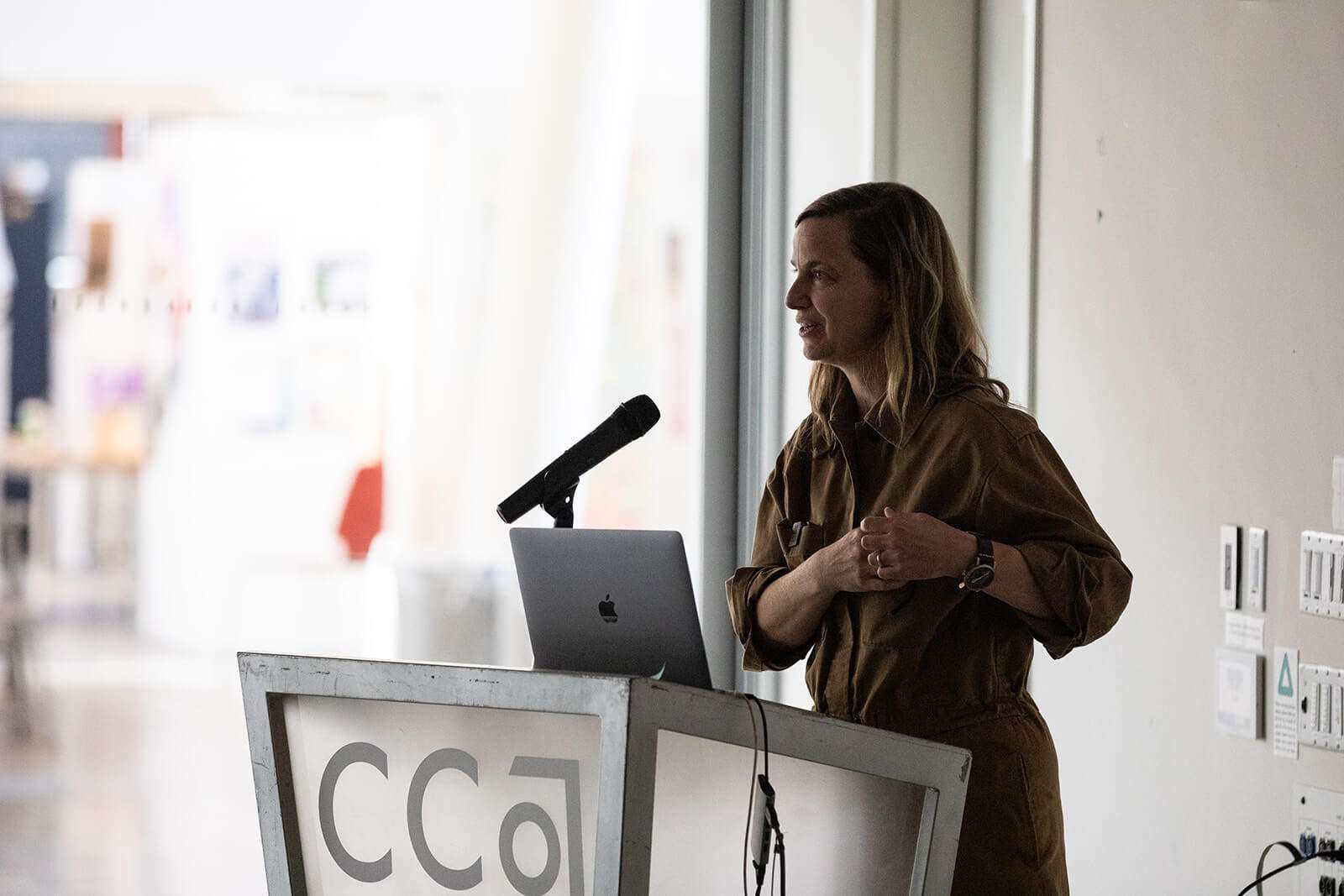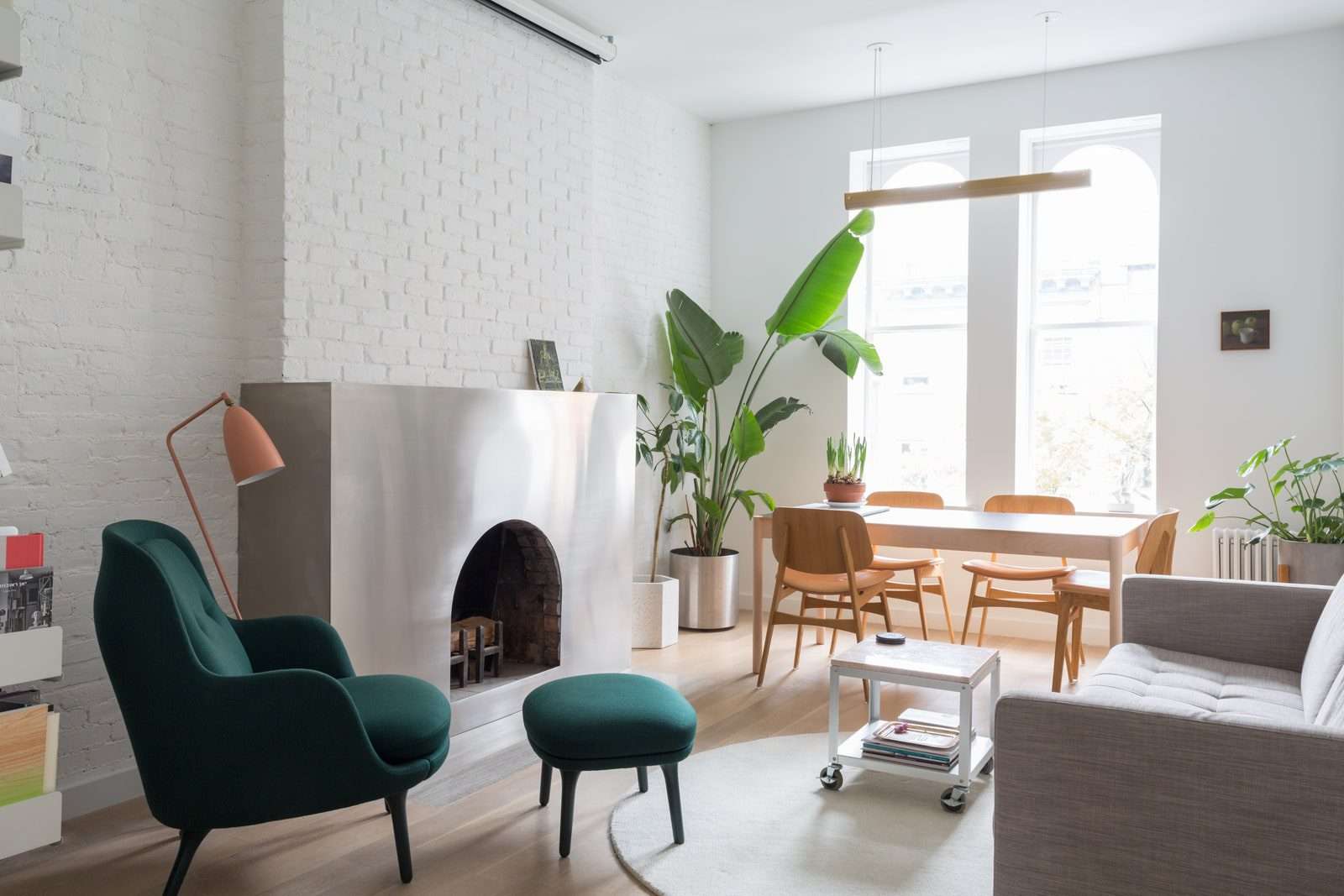It’s been 40 years since Graceland mansion first eased open its door to the public, beckoning to the line of curious visitors that they could—at long last—venture past the Corinthian columns and step into Elvis Presley’s private playground. Despite the passing of four decades, remarkably, there’s been no ebb in the steady flow of inquisitive tourists. People still go crazy for the King of Rock and Roll, and he’s especially having a cultural resurgence at the moment thanks to the Baz Luhrmann–directed biopic, called simply Elvis, which is set to hit theaters on June 24. For the film, which features Austin Butler in the titular role, Olivia DeJonge as Priscilla Presley, and Tom Hanks as Elvis’s manager, Colonel Tom Parker, Graceland was completely recreated on a set in Queensland, Australia.
In real life, 600,000 visitors visit the relatively modest Colonial Revival style property on the outskirts of Memphis annually. So what keeps them coming? Arguably, Graceland remains one of the most significant homes of the 20th century, despite being written off as a kitsch fest in some quarters. For lovers of design, what Graceland really offers is an unparalleled catalogue of interior trends from the late ’50s through to the late ’70s, in their purest and most authentic forms.
Flamboyantly themed rooms, meticulous color scheming, gadgetry, esoteric meditation zones, sumptuous shag-pile carpeting playfully splashed across walls, furniture dripping in gold—Graceland offers a plush ringside seat to the zeitgeist of its era. Its importance to design pedagogy is such that the English Duchess of Cavendish once commented, “Students of the decorative arts should see Graceland as part of their education.”


